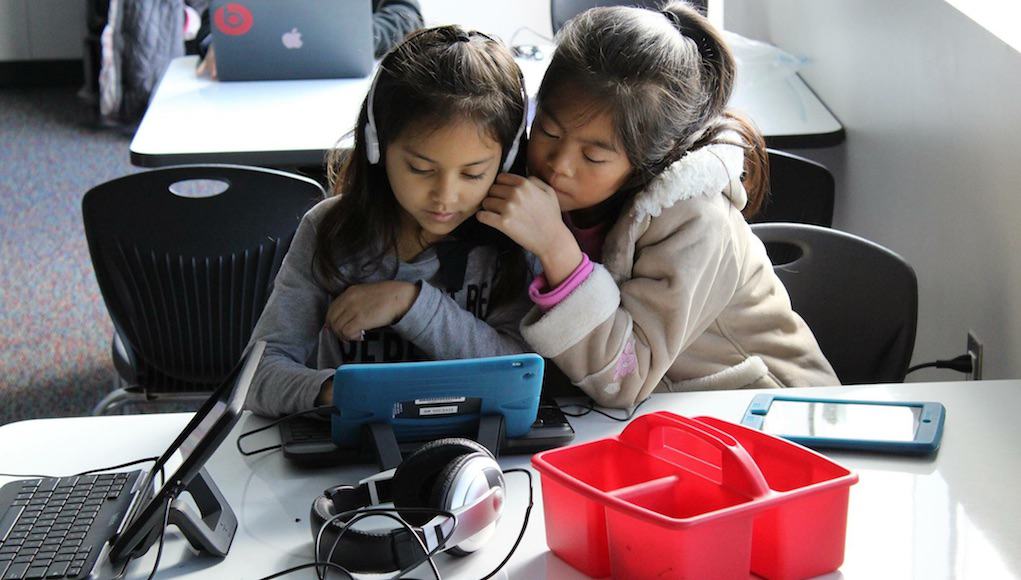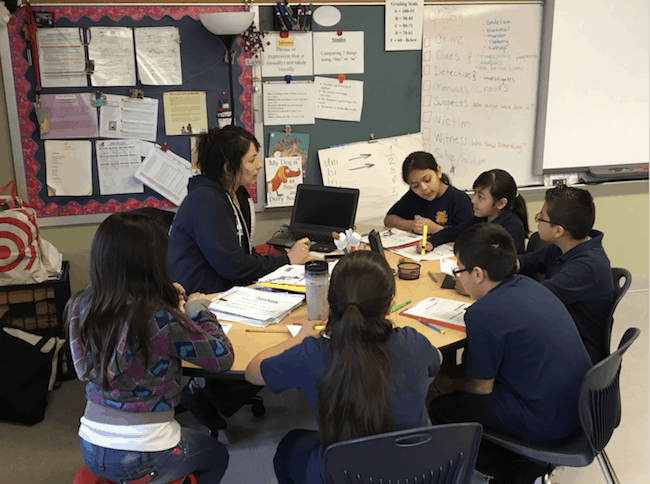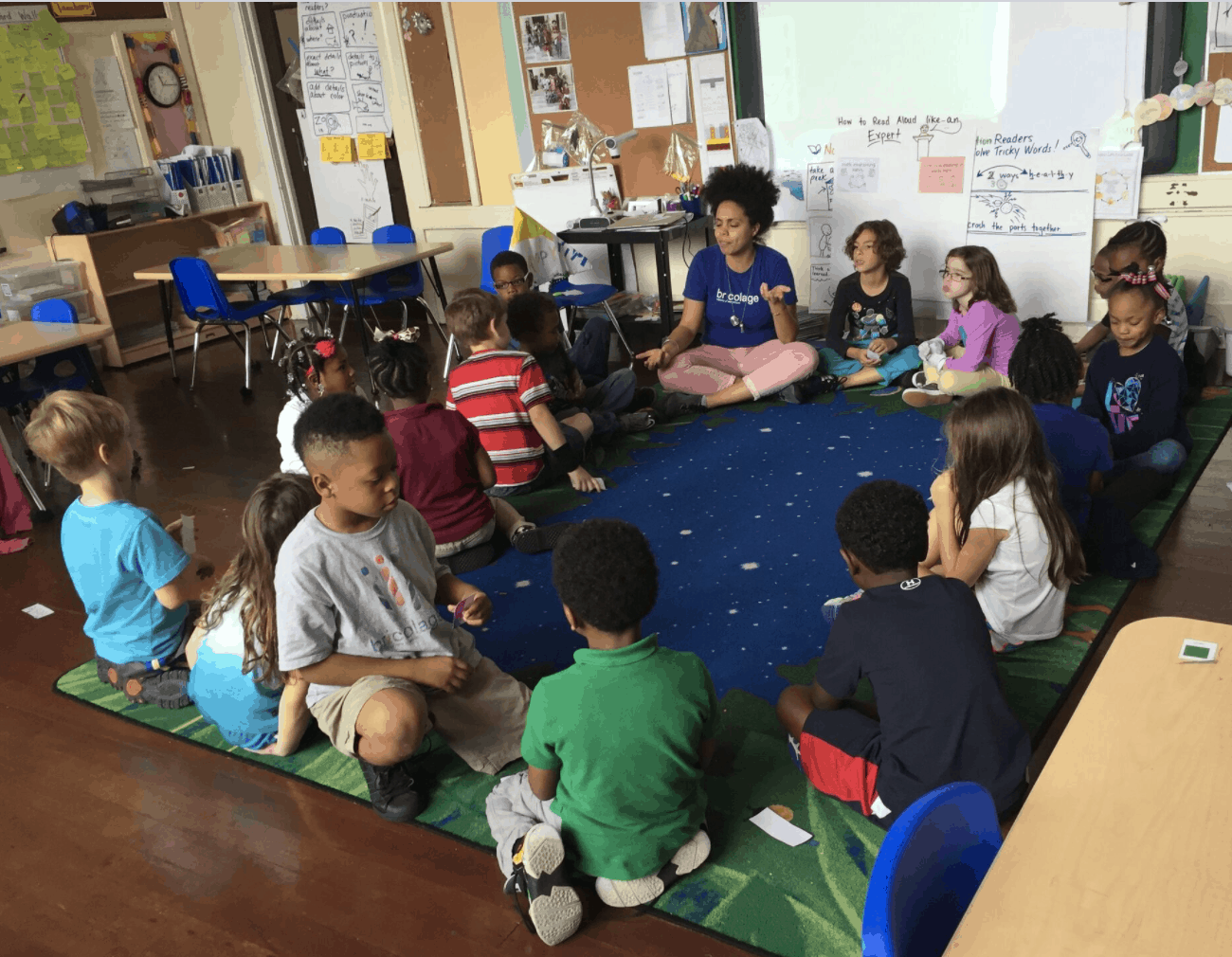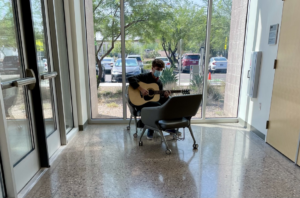What’s Next In Language Learning?

With the world globalizing and changing at an unprecedented rate, it is important for us to be considering how we can give students the global and cultural competencies that will be necessary to adapt, succeed, and–perhaps most importantly–be happy.

Getting Smart believes that one of the many great ways to provide students with global competencies is through language instruction. To that end, we recently produced and released a series of podcasts in proud partnership with Rosetta Stone, centered around the theme of What’s Next in Language Learning. In this series, we heard a number of perspectives on both why it’s important to be giving students language skills, and how districts everywhere can provide this traditionally resource-intensive opportunity.

In the first episode of the series, we heard from Jim Detwiler, a Kentucky Assistant Superintendent, about how language instruction can give students across rural, suburban and urban areas a chance to connect to distant cultures and develop global competencies:
In episode two, we heard from Dr. Lisa Frumkes about the opportunities that language abilities can open up for students, about how language learning is a 21st-century skill, and about how the advancement of edtech only stands to spread opportunities to learn another language–especially to those in underserved communities:
In episode three, we heard from Jennie Taranovich, a language teacher in Connecticut who has recently embraced a more blended, personalized and competency-based way of teaching, and who has found that her students are thriving as a result:
In episode four, we heard from a student and parent who have first-hand experience with language learning, and who believe that this opportunity has provided them with major benefits.
In the final installment, titled Supporting English Learners in K-12 Classrooms, we heard further insights from Dr. Bernadette Musetti on the benefits of bilingualism, myths about English learners and strategies teachers can use to leverage the assets that emerging bilingual students and their families bring to the classroom.
The following key themes emerged throughout these conversations:
- Language is only going to grow in importance as globalization makes the world more and more interconnected.
- Language learning can play a big role in the development of 21st-century skills.
- An online/blended component can complement face-to-face instruction to help provide more students with language learning opportunities, and engage them more deeply.

All of the interviewees we spoke with agreed that it is important for all students to have a chance to learn a second language. And while face-to-face instruction will remain extremely important to language learning (we here at Getting Smart believe that high-quality teachers will remain crucial to effective instruction in all subject areas), many districts do not have the resources to provide face-to-face language instruction to all students on a daily basis. For these districts, blended strategies can be a huge boon to providing students with the skills they will need to succeed in the future.
For more on language learning, see:
- All Children Should Be Bilingual: The Dual-Language Economic Imperative
- Blended Language Learning Toolkit: Classroom-Based Implementation
- Online Language Learning Toolkit
Stay in-the-know with all things EdTech and innovations in learning by signing up to receive the weekly Smart Update. This post includes mentions of a Getting Smart partner. For a full list of partners, affiliate organizations and all other disclosures, please see our Partner page.







0 Comments
Leave a Comment
Your email address will not be published. All fields are required.